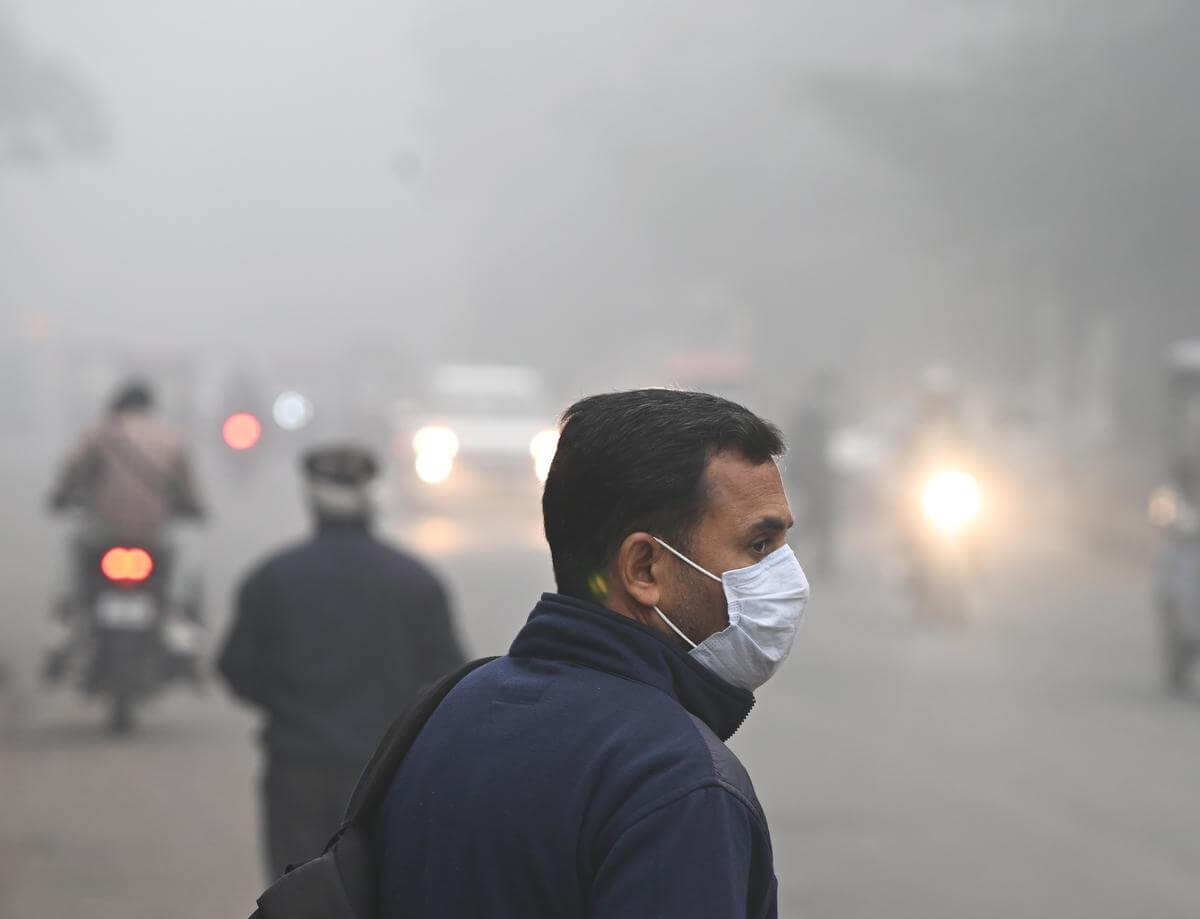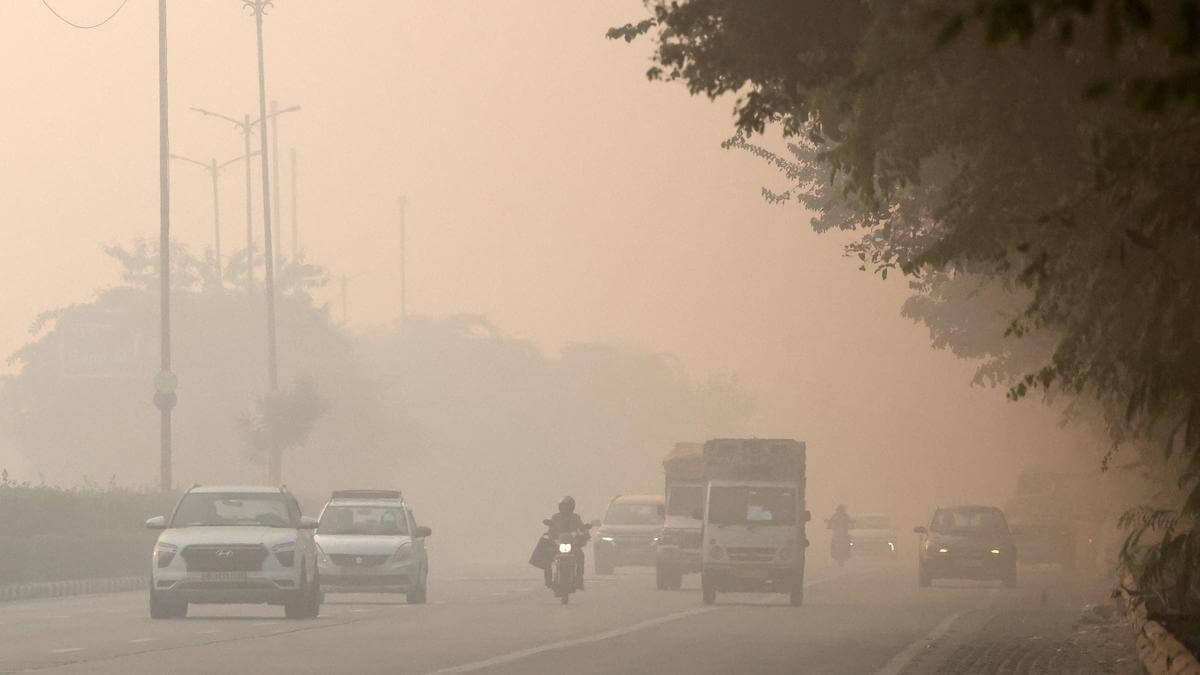World Asthma Day 2025: 5 hidden asthma triggers lurking in your home
Tue 06 May 2025, 23:51:06

Asthma is most often associated with outdoor irritants like car exhaust or pollen allergens, but you might be surprised to discover that your home holds some unsuspected asthma triggers. You might not realise that common things and habits, things you barely notice, can subtly aggravate your asthma symptoms or even cause flare-ups. Dr Arun Chowdary Kotaru, Head and Senior Consultant, Pulmonology & Sleep Medicine, Artemis Hospitals, sheds light on the hidden asthma triggers to breathe easier and enjoy a more comfortable life.
1. Dust mites in bedding and upholstery
Dust mites are small, microscopic bugs that inhabit soft furnishings such as mattresses, pillows, blankets, carpets, and upholstered furniture. They feed on dead skin fragments and like warm, humid environments. For someone with asthma, dust mite droppings are a potent irritant. You can decrease their population by washing bedding every week in hot water, replacing pillows and mattresses with allergen-proof ones, and vacuuming frequently with an asthma-friendly vacuum.
2. Scented candles, air fresheners, and cleaning products
That lavender-scented air freshener or lemony floor cleaner might smell nice, but the chemicals that go into making those fragrances can make your airways irritated. Most scented products emit volatile organic compounds, which are asthma triggers. Try using natural cleaning substitutes like vinegar and baking soda, or switch to unscented and asthma-friendly products.
3. Mould in damp areas
Mould prefers to grow in moist places such as bathrooms, basements,
and kitchens. Inhaling mould spores may cause airway inflammation, inducing asthma attacks. Be aware of black marks on tiles, sinks, or corners. To avoid mould, repair leaks quickly, use a dehumidifier in moist areas, and maintain good ventilation after and during showering or cooking.
and kitchens. Inhaling mould spores may cause airway inflammation, inducing asthma attacks. Be aware of black marks on tiles, sinks, or corners. To avoid mould, repair leaks quickly, use a dehumidifier in moist areas, and maintain good ventilation after and during showering or cooking.
4. Pet dander
Pet allergens such as dander, small skin flakes, and saliva proteins remain present in houses for months even if you no longer have a pet or are regular visitors to pet owners. They tend to stick to clothing, carpets, and furniture. If you are sensitive, establish pet-free areas, particularly bedrooms; bath pets regularly; and vacuum floors and furniture frequently.
5. Smoke from cooking
The fumes and smoke from frying, indoor grilling, or fireplace use can bother sensitive lungs. Cooking without ventilation or allowing the kitchen to become smoky can make it harder to breathe for a person with asthma. Always use an exhaust fan when cooking, and try not to have indoor wood-burning fires.
However, asthma control starts in your home. By identifying and reducing hidden triggers, you make your home a healthier and safer place. Small steps can make a big difference, enabling you to breathe easier, feel more comfortable, and prevent sudden asthma attacks in your daily life.
Disclaimer: (Tips and suggestions mentioned in the article are for general information only and should not be construed as professional medical advice. Always consult your doctor or a dietician before starting any fitness programme or making any changes to your diet.)
No Comments For This Post, Be first to write a Comment.
Most viewed from Health
AIMIM News
Latest Urdu News
Most Viewed
May 26, 2020
Can Lionel Messi's visit boost Indian football?
Latest Videos View All
Like Us
Home
About Us
Advertise With Us
All Polls
Epaper Archives
Privacy Policy
Contact Us
Download Etemaad App
© 2025 Etemaad Daily News, All Rights Reserved.

























.jpg)
.jpg)
.jpg)


